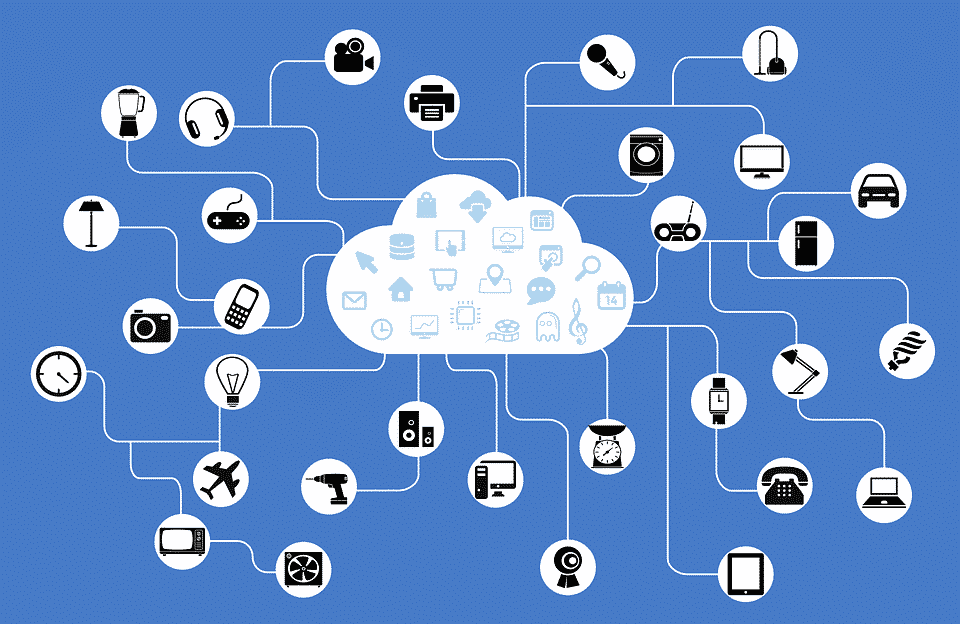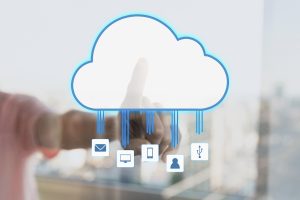Just stop for a minute and think about how much we are connected to our wireless devices. For example, we use them every day to communicate with family and friends via email, text message, video sharing, etc. If something were to happen to it, if it got lost or stolen, we would be paralyzed.
This dependence that we feel toward our Smartphones is only expected to grow and proliferate well into the future. In fact, this connection dependence has already formed the foundation for what is known specifically as the “Internet of Things”, or “IoT” for short. That term may be familiar, but what is it exactly?
In a recent article from Wired, IoT is defined like this:
“It is made up of devices – from simple sensors to smartphones to wearables – all connected together. All of this can be used to gather information, analyze it, and create an action to help someone with a particular task or learn from a process”.
Simply put, it is how we use our Smartphone (or any other kind of wireless device for that matter) to interact with other objects in our daily lives. These objects can either exist in the physical world, the virtual world, or even both.
Because of this vast array of connections, the IoT can have many key applications, such as:
- Transportation:
In this regard, IoT consists of a monitory sensor which can help oversee the distances and the time locations in tracking the movement of cargo trucks and service delivery vehicles.
- Inventory Management:
IoT makes use of “Radio Frequency Sensors” which can track the location and the movement of products in real time. It can also keep track of the level of inventory and reorder stock automatically, without any human intervention.
- The Assessment of Web User Intelligence:
Let’s face it, everything is on the web now, including how we shop. With the use of the IoT, third party web aggregators can be used to better understand customer buying trends by tracking their Social Media network activity. This can help to identify key customers and their preferences for products and services.
But with the good, also comes the bad. The following are some of perceived, or forecasted disadvantages of IoT as it becomes much more mainstream in the coming years:
- The issue of Surveillance:
Here in the United States, this is one of the hot button topics, especially when Facial Recognition is involved. But imagine these fears once our everyday movements can be tracked on a much more granular level? It is summarized nicely in this quote from the Washington Post: “The risk is that inimical forces may gain control and create serious problems.”
- There is fear that the IoT could further divide up societal lines:
In today’s world, there are three classes of society when it comes to embracing modern technology: a) Those that never will. b) Those who only do it as necessary. c) Those who are the earliest of the early adopters. When society as a whole starts using the IoT, it is quite likely that these lines will be much further divided.
- The IoT will be the next pivotal point in Cyber based attacks:
The hacker of today wants to steal all of your personal information and data as much as possible. But, this will greatly escalate with the use of IoT. Much more data will become prevalent as our interactions with objects come under greater scrutiny.
At the present time, there are mixed views on the IoT. There are good applications for it, especially in the healthcare sector. But today, it seems like if there is just one object missing from our lives (such as our Smartphone), there is complete imbalance. Now imagine what it would feel like to be missing a few IoT objects in a world where everything is dependent upon each other.






